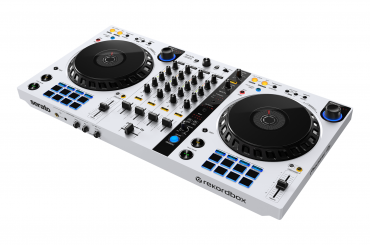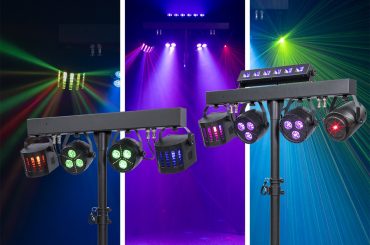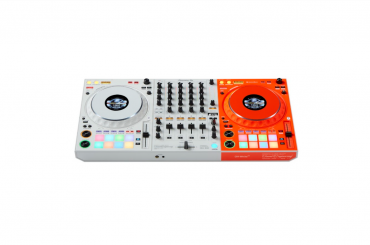Mastering — the process of getting a piece of recorded music ready for distribution — is equal parts art and science, and arguably it’s one of the most important steps in producing a track. And not to put too fine a spin on it, it’s perhaps as important as the songwriting and the performance itself to making a song stand up well against releases from the “big boys and girls” of the music industry.
One of the key elements of mastering, in addition to equalization and overall balance, is compression. Compressors reduce dynamic range — in other words, they reduce the “distance” between the softest and loudest parts of a track. It does this by essentially compressing (reducing) the level of the louder parts when they occur. The softer and louder parts will be more even as a result, but the overall loudness of a track will actually be reduced by the compression alone. But, by then, increasing the gain post-compression, all the parts come up in loudness, thus increasing the overall average loudness of a track. Said another way, it’s as if you press all sounds closer together from the top, then raise them all up, and the net effect is everything in the track has more punch.
Without compression, a recorded song can sound shallow, unnatural, and frankly, amateur. As a result, it’s a pretty essential element of the final mastering process. The trick is getting the compression just right, as over-compressed music can start to sound lifeless, unnatural, and also pretty amateur.
Compression, like any part of mastering, can be done with software-based solutions, as well as hardware-based ones – and, up to this point, I’d only ever experienced software-based mastering tools. Over time, those tools have gotten good — very good, in fact. But while the basic concept of compression is pretty straightforward, how it’s actually implemented can have as much of an effect on the end results as how the producer or engineer configures it. In other words, compressors add their own unique “color” to the final mix, and as a result, many audio engineers and producers prefer the sound of hardware-based compressors. I finally had a chance to see (or hear) what all the fuss was about with the popular Bettermaker Mastering Compressor.
The Basics: Bettermaker is a Warsaw, Poland-based company (founded by Marek Walaszek) that produces a range of hardware-based effects products, including three specifically for mastering: a compressor, an equalizer, and a limiter. The company has cast all three from a very similar mold, with true, hardware-based analog circuitry that’s been married to modern, digitally controlled interfaces. The company even went a step farther, by creating DAW plug-in software that allows you to more easily integrate into modern DAW-based workflows, while providing remote configuration capabilities for the hardware.
That plug-in doesn’t have to be used, however; you can also simply patch the hardware inline and use your DAW’s native routing capabilities to send the audio out to the compressor, and back in again. My usual DAW, Ableton Live, has an “effect” designed specifically for this sort of situation: the “External Audio Effect,” which you can drag onto the master track to make the routing easier.
A color-touchscreen display on the hardware itself allows full configuration capabilities to set up the device as desired and to adjust or fine-tune levels and settings. The display is big, easy to see, and easy to use.
No matter how you choose to do the integration, you will need an audio interface with sufficient ins and outs to route your stereo master mix out of the computer, then back in again post-compressor, in order to use it. On the back panel of the Bettermaker unit are dual ins and outs, both XLR, and a pair of ¼-inch sidechain inputs for situations where sidechaining is needed. There’s also a USB connection for your computer, if you’re using the plug-in, and/or need to update the unit’s firmware.
The Bettermaker Mastering Compressor is designed to mimic any of three classic hardware mastering compressors that each give a slightly different type of sound. Setting it up is quick and easy, really; either via the plug-in or the front-panel screen, you can turn options on and off, and with a set of four small knobs to the right of the display, you can easily adjust levels. On the left-hand side of the display, there’s a giant threshold knob, as well as a power switch and what is effectively a bypass button, so you can compare the compressed results with uncompressed with ease.
Given that compression controls are fairly standard, I found the Bettermaker unit to be extremely simple and straightforward to set-up and use.
DJ Times Magazine is copyright © 2020 by DJ Publishing, Inc. www.djtimes.com








